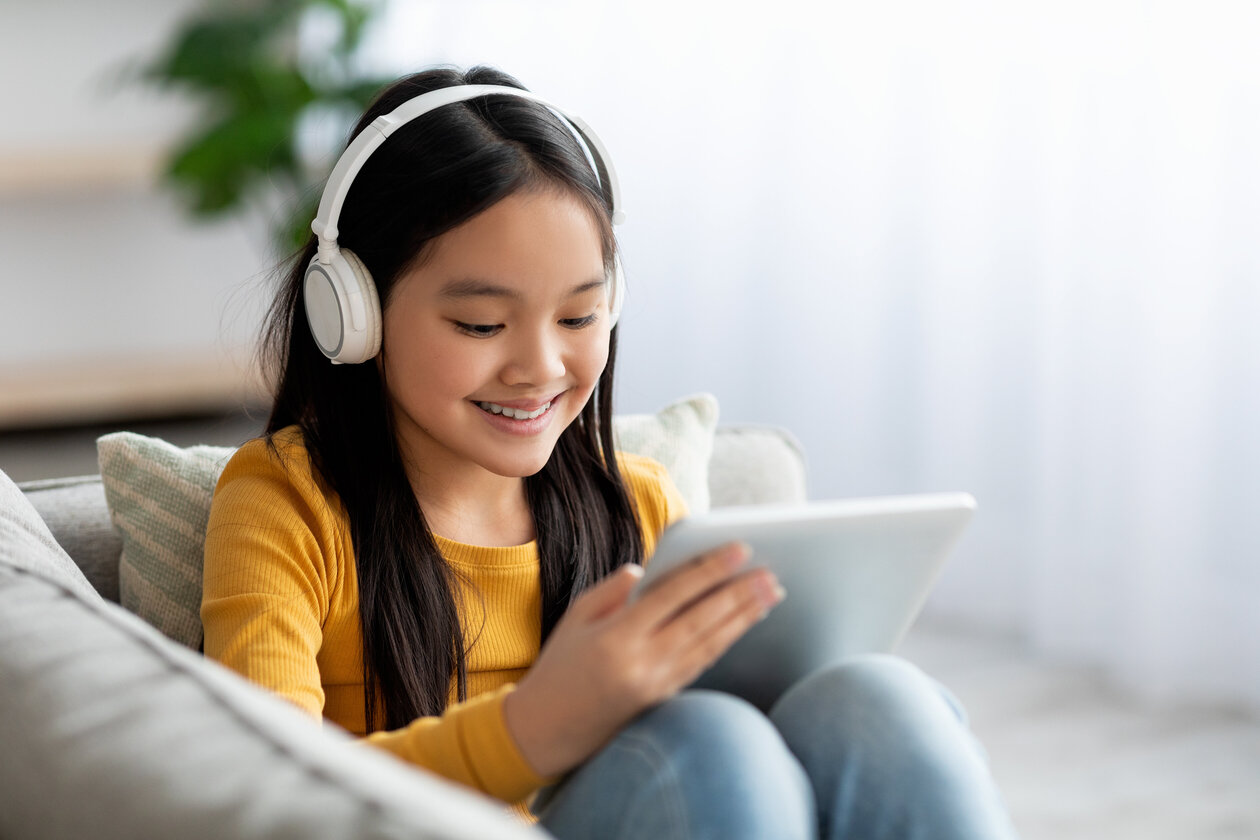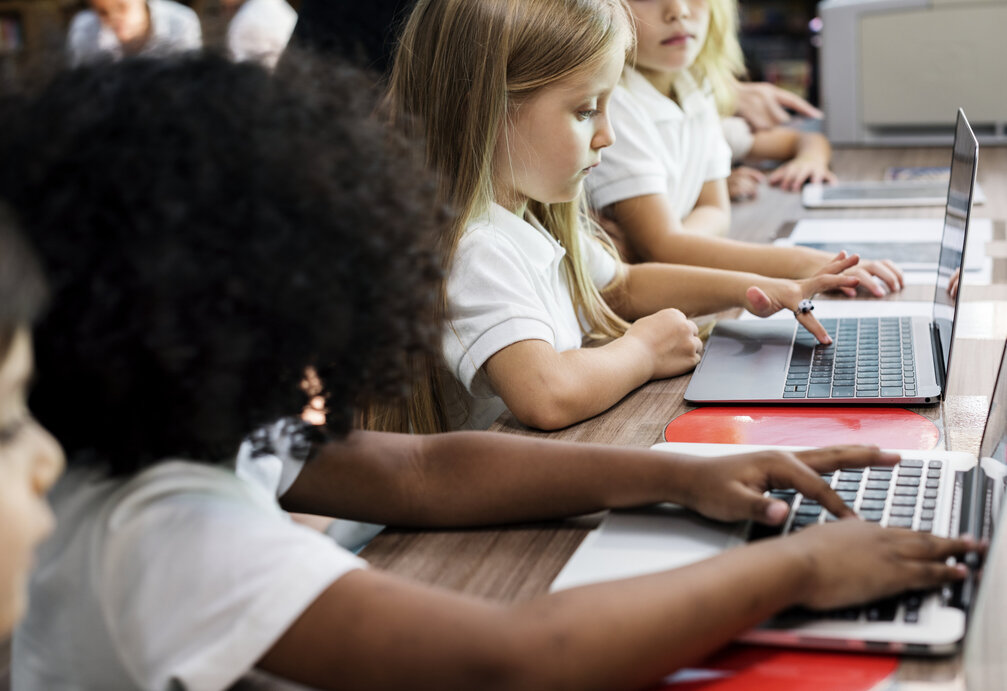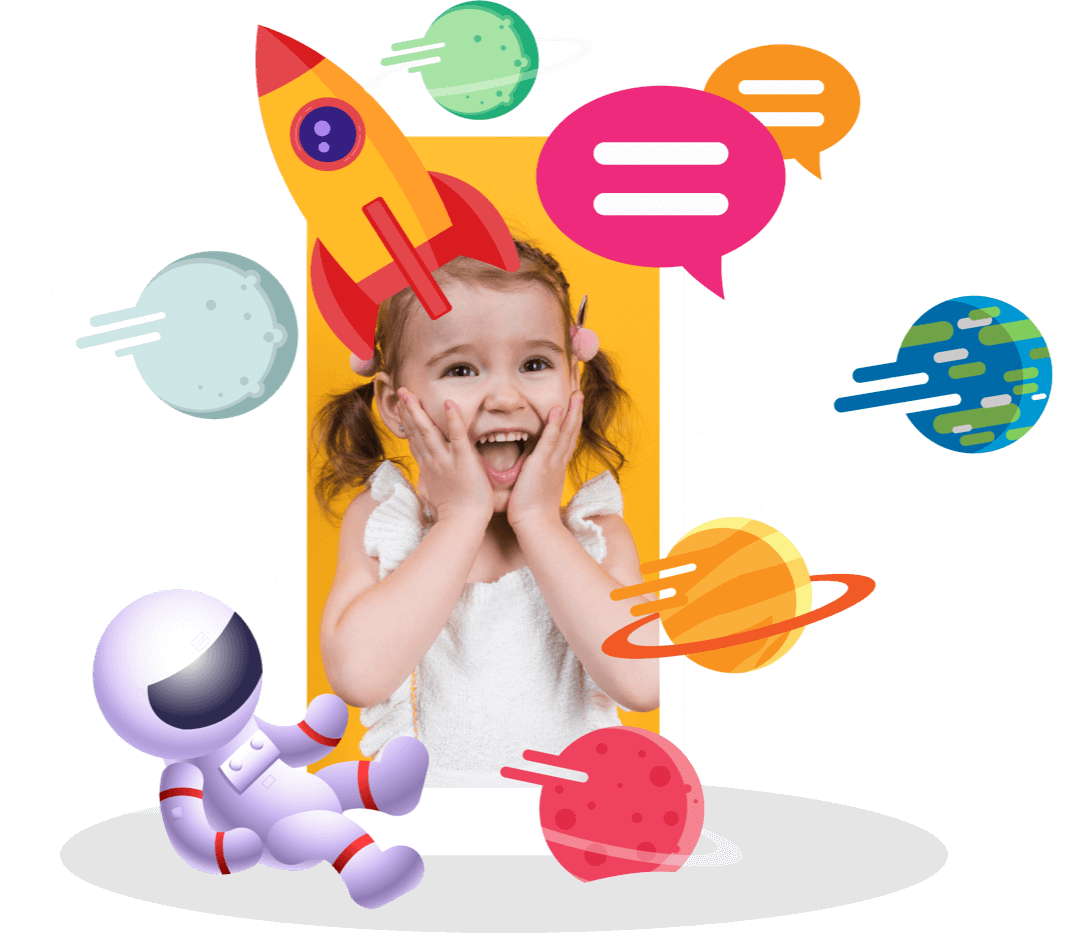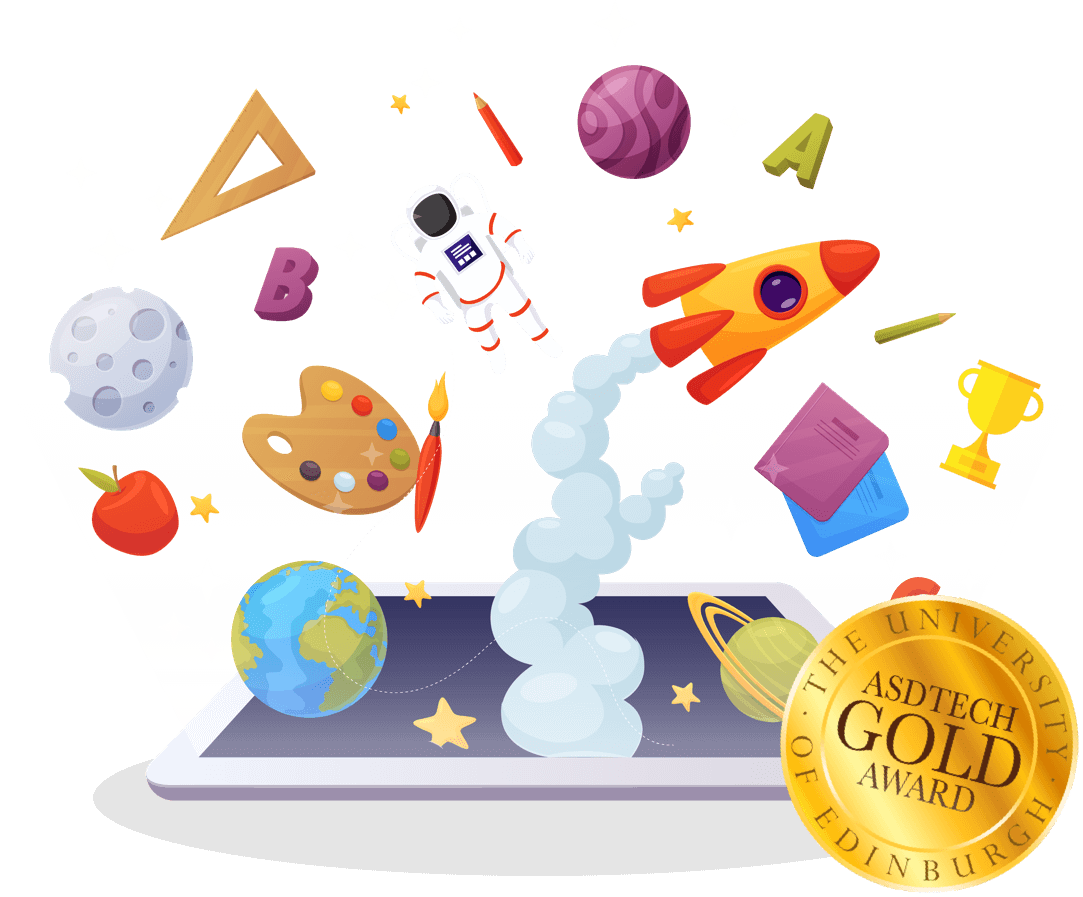Personalized learning is the new and up-and-coming approach to education. Different from traditional education which has a one size fits all approach, in personalized learning everything is customized. The topics, time and place of class can be changed to fit the best interest of the student. The learning material is modified according to the student’s needs, skills, interests and strengths.
The idea behind is that every person learns at a different pace and has different struggles. When a traditional approach is used for teaching, the teacher may not have time to attend to these differences. The student may not keep up with this method and falsely be labeled as “failing”. With personalized learning, all differences become visible. Actually, the differences are the starting point when making up a functioning educational plan.
Components of personalized learning
There are some key elements in personalized learning. First, every student has a “learner profile” created for them. This profile includes needs, strengths, motivations, wants and objectives. The strengths are emphasized and used to meet their needs in the best ways. The motivations or aspirations are used to come up with the fitting objectives.
Second, each student has a “personal learning path”. This means there is a customized goal and a customized path that takes the student to that goal. Different methods (i.e., tactile or visual learning) and various means of learning (i.e., classroom setting, online platforms) are experienced. The most suitable ones are chosen depending on the experience of the student.
Come along with 200k+ families!
Let's communicate better!
Download for Free.
Third, each student follows what is called a “competency-based progression” through the learning process. This complicated phrase basically means there is continuous assessment and monitoring when the student is progressing toward the goal. According to personalized learning, scoring a high point on a written exam does not indicate competency for everyone. Instead, students demonstrate their knowledge and what they can do at their pace while the teacher monitors and provides support.
Fourth element of personalized learning is having “flexible learning environments”. The environment and resources (books, educational materials, staff etc.) should support the student’s needs at all times. If there are changes of needs, the environment should adapt accordingly. For instance, the roles of the teacher, the design of physical space, the use of technology, the time is scheduled and other aspects of the learning environment should be understood. Then, these components should match with the student’s needs.
Technology and personalized learning
Here, you can see that all elements combined together to create a unique learning experience. Technology is crucial in supporting this concept. A very high percentage of children carry smart devices or computers. Also, in many parts of the world, students are provided with these devices for educational purposes.

There are software systems that help with learning management. Teachers can upload the syllabus, post and grade assignments and track the students’ progress through these systems. Students can see class content, assignments and grades as well. The digital tools help in customizing the learning materials. Teachers can personalize the class content for each student with regards to their needs.
Being able to track student’s progress let’s teachers intervene when necessary. Most of the time, teachers are unaware of how the learning process continues at home. With the help of technology, these parts are also made visible. The material the student is working on can be changed, made more difficult or easy.
How is personalized learning used in Otsimo?
Personal learning pathways
Now that you understand what personalized learning is and how it can be implemented, I want to mention how we use this method in Otsimo. When you first download the app and launch, you will be asked to take a developmental test. This is an assessment tool that shows the areas of difficulty as well as strength. The app creates a personalized programme according to the child’s needs. There are countless different schedules aimed at meeting every user’s needs.
For example, if the child already knows how to read, the learning pathway does not teach the child the alphabet. But it includes exercises that are suitable for what level the child is at currently. Also, the app continuously learns and adapts this pathway in parallel with the user’s responses. If there are many wrong answers, the level is maintained or made easier. If the questions or the activities can be done easily, then the difficulty increases gradually.
Come along with 200k+ families!
Explore the endless possibilities of learning!
Download for Free.
Going at your own pace
Using personalized learning, Otsimo always encourages the child to go at their own pace. We believe there is no universal pathway nor there is a learning speed that works for everyone. Instead, the app tries to create a profile of you that will work uniquely for you.
When generating this profile, the app only reinforces correct answers. In other words, when the exercise is done accurately, rewarding visuals (confetti) and sounds (clapping) appear on the screen. This is done to underline the child’s strengths.
When the answer is wrong, the reaction is neutral. There are no clear indicators that show the answer is incorrect. Because emphasizing mistakes may be discouraging and this is not the right way to go in personalized education.
In traditional education, the teacher sets the pace and because of the large curriculum, has little time to make personal adjustments. There is no time to assess each student’s needs. So, the end goal is to have the average number of students above a certain level. For example, having most students pass to the next grade.
However, this goal or the way to reach it will not work for each and everyone. Not everyone can work to adapt to this predetermined level. Every individual should have a personalized goal. That is why, in Otsimo, we do not try to force any prearranged learning goals to any children. On the contrary, we let them direct us to a goal that will work for them.
Equality is not equity
Equality means treating every person exactly the same way. Whereas in equity, every person is treated according to their needs. In a traditional education setting, every student is given the same schedule in the same classroom by the same teachers. By these terms, I can say that everybody is being treated equally. But is this fair?
Equality may create the same opportunities for people with fewer resources. For example, the school may be giving every student a smart tablet. But some students may not have the same high-speed Internet. Or charging the device may be an economic burden. This problem became very prominent during the pandemic. Using online platforms, educators tried to continue the same curriculum. But some students could not get the chance to benefit from it as much.

Here the issue is about equity. Equality is surely beneficial but not sufficient. Every student does not have the same needs. Some may need additional resources to overcome difficulties. Equality provides the same resources for everyone but the ones that need more may be left behind.
Especially in the case of neurodiverse individuals (i.e., autistic people), traditionally speaking, different teaching approaches are required for them to better adapt to the learning environment. For example , incorporating more visual aids or using assistive technology devices are more effective methods for autistic students.
I am not saying that treating every student the same and providing the same resources to them is a bad approach. I am just trying to say that this is not enough. Personalized education is based on equity. It comes from the notion that people have different areas of strength and difficulty. It is a more thoughtful and fair approach that may result in more effective learning outcomes.
In conclusion, I believe that in this day and age, the use of personalized learning creates opportunities for every student to benefit from. The learning pathway is custom made. So, it matches students’ needs and objectives very well. In the end, very effective outcomes can be achieved.





